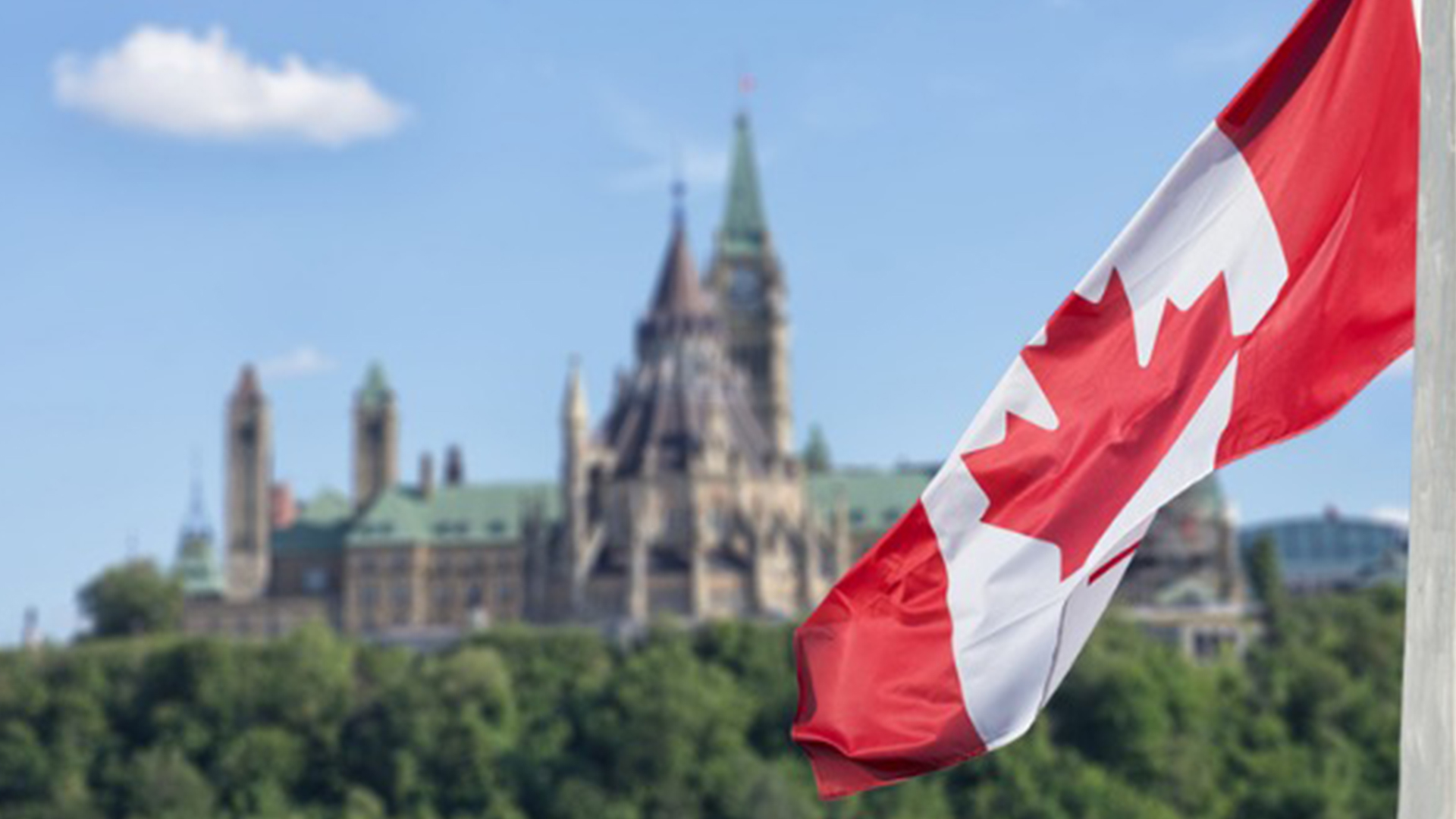4 years ago

Indian immigrants accounted for one-fourth of the total permanent residencies granted by Canada in 2019, setting a new record.
India was easily the largest source country for permanent residents (PR), with 85,593 admitted last year, a number that is larger than the total for the next four nations taken together. The data was revealed as the 2020 Annual Report on Immigration to Parliament was tabled.
India has been the biggest source country since 2017, when it overtook China among PRs, but the numbers have jumped in recent years, with an increase of over 20% between 2018 and 2019.
Canada’s minister of immigration, refugees and citizenship Marco Mendicino also tabled the 2021‒2023 Immigration Levels Plan.
The Canadian government is hiking the number of immigrants to be taken into the country between these years to make up for the projected shortfall this year due to the travel and other restrictions caused by the Covid-19 pandemic.
While the previous plan set targets of 351,000 PRs for 2021 and 361,000 for 2022, these have been increased to 401,000 and 411,000.
The figure for 2023 is even higher at 421,000. The majority of the admissions, 60%, will be in the economic class, which has been dominated by Indians in recent years.
“Immigration is essential to getting us through the pandemic, but also to our short-term economic recovery and our long-term economic growth.
Canadians have seen how newcomers are playing an outsized role in our hospitals and care homes, and helping us to keep food on the table. As we look to recovery, newcomers create jobs not just by giving our businesses the skills they need to thrive, but also by starting businesses themselves.
Our plan will help to address some of our most acute labour shortages and to grow our population to keep Canada competitive on the world stage,” Mendicino said in a statement.
According to a statement from Immigration, Refugees and Citizenship Canada (IRCC), Canada’s population growth between 2018 and 2019 was at 1.4%, the highest among G7 nations and this was “overwhelmingly driven” by the “arrival of immigrants and non-permanent residents” who accounted for 82% of the rise.
It also noted that by the early 2030s, Canada’s population growth will rely entirely upon immigration and with many of its major source countries for immigrants facing similar challenges of lower fertility rates and an aging demographic, “Canada must be prepared to compete internationally for young, skilled and mobile workers.”